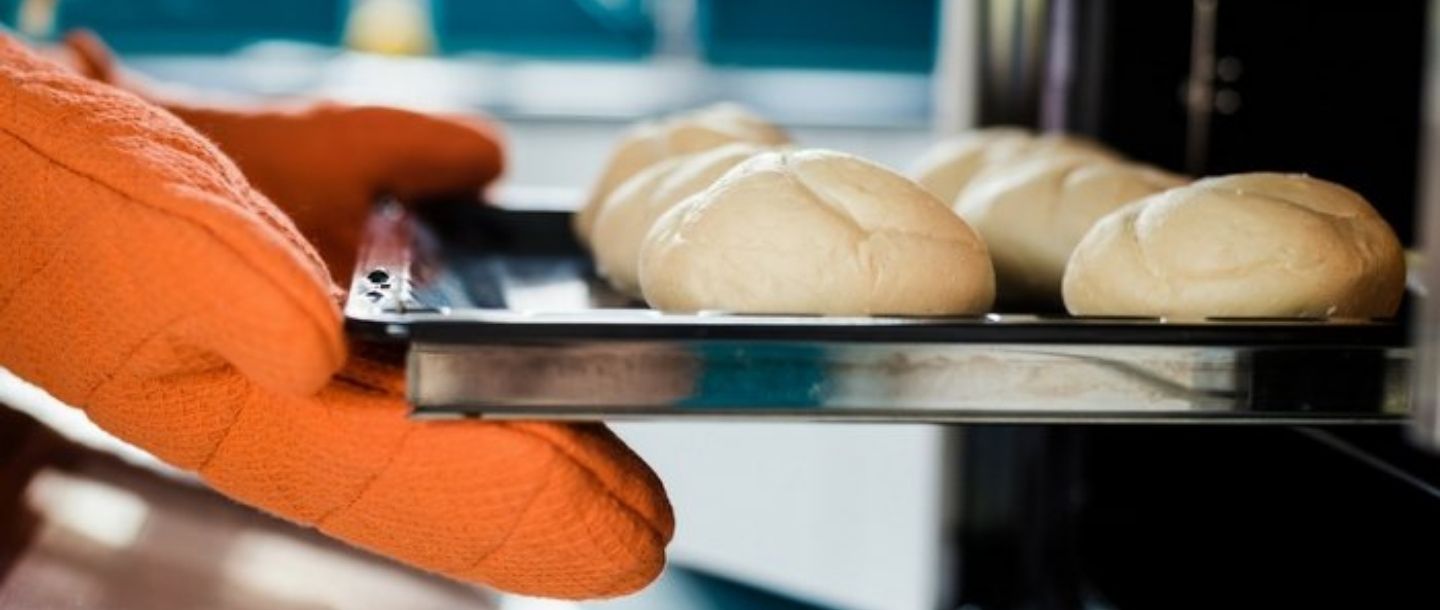
5 Expert Tips to Save Energy While Baking
By LocalXR
One of the greatest kitchen appliances of all time, the oven is always close to our heart. Nothing beats the feeling of walking home to some freshly baked bread or pie. But you can’t deny, ovens are high maintenance.
That’s why we asked our experts for tips on saving energy while baking. And here’s what they had to say,
1. Reconsider preheating
This one’s a raging debate, but when your recipe calls for preheating, think again before you follow blindly.
- Preheating uses a lot of energy, and a lot of the heat escapes when you open the door to put your baking dish inside, losing the purpose of preheating.
- Also, inserting a dish into a preheated oven is risky, you could get burned trying to shove the baking dish inside the oven.
- So hold off before you preheat your oven.
- Maybe you don’t need to preheat, and though it increases the cooking time, you don’t lose much.
2. Turn off early.
Most recipes don’t count the heat within the oven while specifying timing.
“If your recipe says you to bake your cake for 45 minutes, you can turn off your oven a little sooner — say, after about 30 minutes — and let your cake finish baking in the residual heat.”
It might not always work perfectly, in which case you might have to bake for a little extra time. But think of all the energy you’ll save.
3. Keep the door closed.
- Make a point never to open the door while your food is baking.
- If you must know how things are going inside your oven, clean the glass and see through it.
- Every time you open your oven door during the baking process, you’ll let much of the heat escape, and your oven has to reheat to make up for it.
- Another reason to avoid preheating when possible: You’ll let the heat out.
Make sure your oven door isn’t faulty either.
4. Multitask
While baking your kid’s birthday cake, you could roast some vegetables for dinner as well. Multitask whenever possible. Every time you turn on your oven, make sure you’re making the optimum use of it. Understand your oven’s structure;
- The Top rack is for high temperature, quick cooking recipes.
- The Middle rack is for moderate temperature cooking.
- The Lower rack is for low temperature and slow cooking recipes.
5. Consider the convection
Convection ovens have an inbuilt fan that pumps hot air around the oven to ensure even baking. These fans help cook your food faster at low temperatures, reducing energy consumption by at least 20% than other ovens.